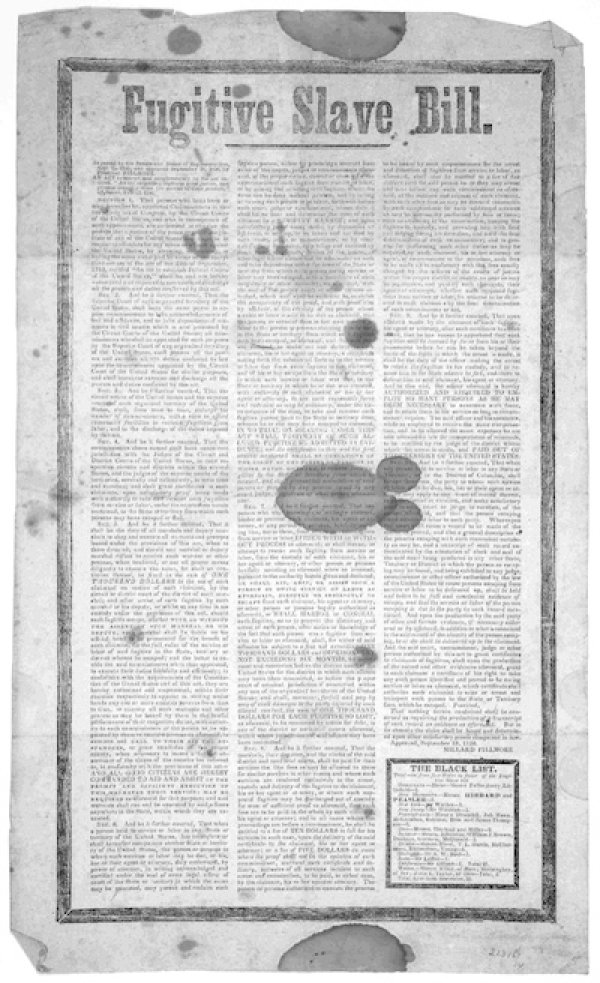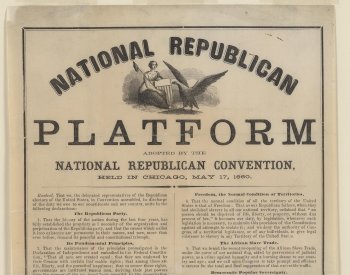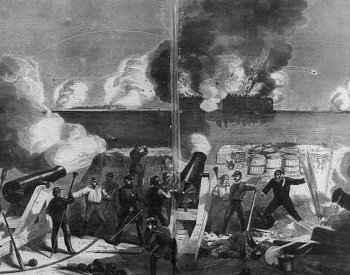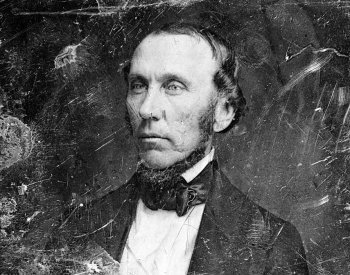Congress struck the Compromise of 1850 to resolve conflicts between pro-slavery advocates and “free-soilers” who opposed the expansion of slavery into new territories. Part of the Compromise was the Fugitive Slave Act of 1850, which required government officials in free states to capture people who had escaped slavery and return them to their former enslavers. The Fugitive Slave Act outraged abolitionists, who in turn organized resistance to subvert the unjust law. In this lesson, students consider what articles from a prominent abolitionist newspaper, The Liberator, can teach us about resistance in Boston.
We developed this lesson with the support of the Educating for American Democracy (EAD) participants and in collaboration with Los Angeles Unified School District. We designed this lesson with 5th-grade classrooms in mind, but it is readily adaptable for use with older students. It focuses on the EAD theme of “Civic Participation” for grades 3-5. It addresses the EAD history driving questions: "Why and how do people take action in order to solve problems that affect them and others?” (HDQ1.2A). It also addresses the EAD history guiding question: “What have people done when they thought something was wrong in their community? In their state? In the United States?” (HSGQ1.2A). To access the other Reading Like a Historian K-5 lessons made in this collaboration, click here.

Image: Broadside with text of the Fugitive Slave Act. From the Library of Congress.


